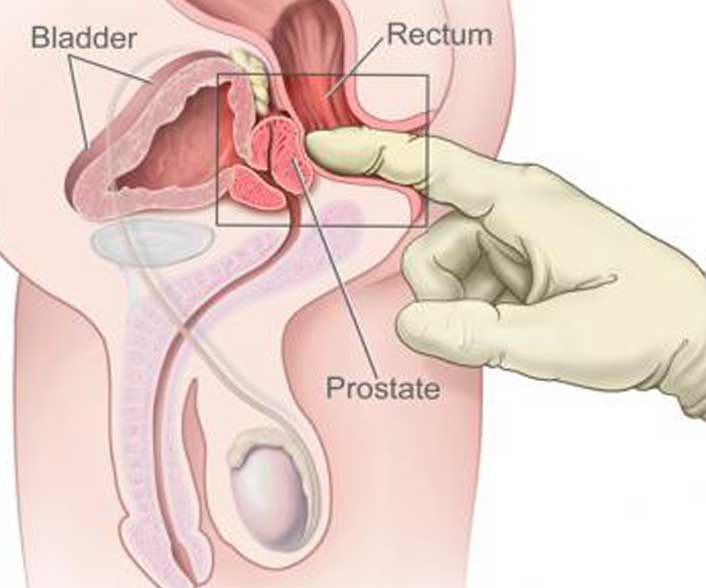
What is a Normal PSA (Prostate
Specific Antigen)
Several aspects are in need of certain
consideration when you interpret a PSA value. These factors include age
adjustment, density, percent free PSA and velocity. The recent data modified
how urologists take a look and interpret PSA levels with regards to what they
defined as a normal PSA. Now, the acknowledged rate for an age-adjusted PSA considering
men with the age below 50 is 2.4 ng per ml but for those within their 70's
should be 6.5 ng per ml.
Here are also some other restrictions that have
been definite for varying age. However, there is no general agreement regarding
the precision of the age-adjusted values.
PSA density is determined to be PSA over the
prostate volume. For instance distinguishing two patients with same prominent
PSA but varying prostate volumes, the patient with the smaller prostate is
probably the one to develop prostate cancer. That is, the elevated
the density is the more possible it is that the patient develops prostate
cancer.
The PSA
levels velocity is determined to be the rate that the PSA is changing over a certain time period. A
patient who has less than 2 as a PSA, a velocity of more than 0.35 ng per ml in
a year should be of concern. However, patients that has PSA between 4 and 10
have a reason to be worried when the PSA
levels velocity is more than 0.75 ng per ml. For instance,
considering a rise of PSA from 1 to 1.5 is a reason for you to be concerned but
a rise of 5 to 5.5 is probably not harmful.
The percent free PSA (PSA-f) is defined to be
the ratio of "free PSA" against "bound PSA" within the
totality of PSA in the sample of the blood. The free PSA travels in the bloodstream that is
not linked to any protein carrier. That is, if the percentage of free PSA
is higher than the risk of cancer will be lower.
PSA is normally present in the blood at very low levels. The reference range of less than 4 ng/mL
For the first commercial PSA test,
PSA
levels can be also increased by prostatitis, irritation, benign
prostatic hyperplasia (BPH), and recent ejaculation, producing a false
positive result.
Digital rectal examination (DRE) has been shown in
several studies to produce an increase in PSA. However, the effect is clinically
insignificant, since DRE causes the most substantial increases in patients with
PSA levels already elevated over 4.0 ng/mL.
New
Non-surgical treatment for Benign Prostatic Hyperplasia (BPH) By
Prostatic Artery Embolization (PAE)
Low cost non-surgical
treatment of enlarged prostate in Delhi, India as compare to other cities of
India like Mumbai, Bangalore, Chennai Ahmedabad,
Hyderabad, Pune.
For more
in-depth information contact:
Dr. Pradeep Muley
M.D. Senior Consultant Interventional Radiologist
Mobile or whatsapp: 098104 92778 or E-mail - muleypradeep@hotmail.com